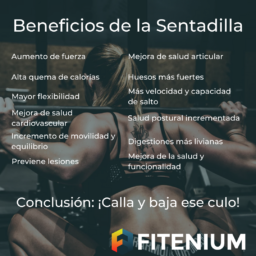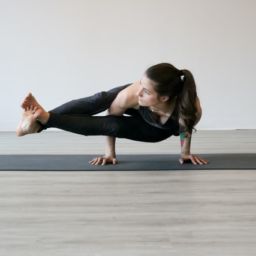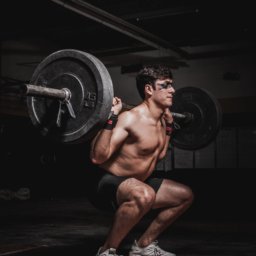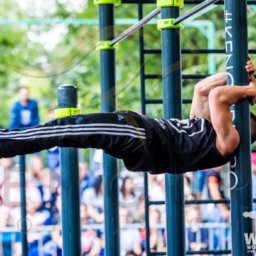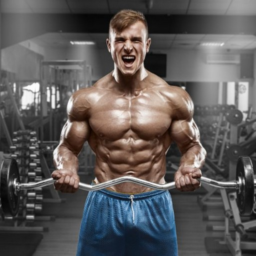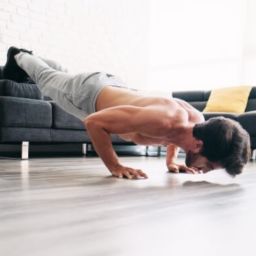calisthenics leg workout
If you don’t already know Fitenium is a free, mobile, video-based social network for athletes who train strength or bodyweight exercises. At Fitenium users can follow their performance, compete and get discounts in nutrition and sports equipment stores. Download it here.
One of the biggest criticisms of calisthenics training is the typical accusation of not training legs in calisthenics. This can be due to several reasons, moving our body weight is a challenge for our upper body, however, our lower body is already used to supporting all our weight, so to do a calisthenics leg workout you have to be more imaginative and use other movement patterns that stimulate our lower body well.
It is true that the most efficient method of training legs is through loads, but do not panic because that does not imply that if we do not have heavy material at hand we cannot do a calisthenics leg training that will also help us not only to gain strength and hypertrophy but to improve other equally important aspects such as balance and mobility
In this article we are going to teach you several very interesting leg exercises to add to your calisthenics leg workout and we will finish by proposing a very interesting routine that is not very well known that we promise will create a killer calisthenics leg workout.
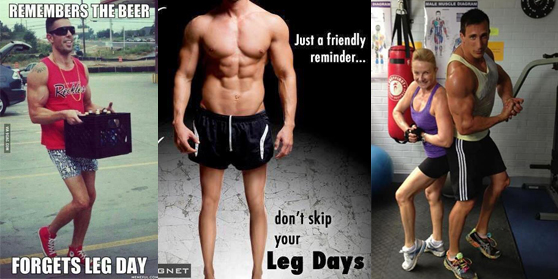
In our list of exercises we are not going to talk about the basic leg exercises such as the Squat, Lunge or Gluteal Bridge, since we assume that you already know these exercises and as we previously mentioned, as soon as we have some strength they will quickly fall short. . Remember, as Yerai Streetworkout, committed to calisthenics leg training, says: “Don’t be a palisthenic.”
– “Pistol” squat: the basic leg After training with body weight, it can be difficult to master it and we recommend starting to do it with assistance to gradually gain strength and work on ankle mobility, which is key to maintaining balance when executing this squat, but once we have it, it is an exercise brutal for our lower body that has nothing to envy to a squat with loads. If they fall short or are too difficult, don’t worry, we have several simpler or more demanding proposals depending on your level.
– “Sissy” squat: this variant of the squat is little used but has a lot of potential to develop our anterior chain since it focuses almost all the work on our quadriceps. It is a complex exercise strong and we will have to work on our mobility to progress in it, but it is undoubtedly very undervalued for leg work.
– “Shrimp” squat: if for some reason the “pistol” squat falls short, an even more advanced version is the “shrimp squat” or shrimp squat in its Anglo-Saxon name. This exercise is also dominant for the quadriceps and special care and control must be taken when dropping the knee, since if we hit the ground when going down uncontrollably, we can injure our kneecap due to the impact.
– Hawaiian squat: this alternative to the pistol squat is quite curious and requires a little less force, since the hip is involved in the movement. In this variation, the foot of the non-working leg rests on the knee of the working leg, albeit a little awkward, but in the end it’s more stable than it looks.
– Skater squat: this type of squat is also easier than the pistol, since we move the center of mass forward and we will have more balance. Like all the squats that we propose, it requires the anterior chain, that is, the quadriceps, and we must also be careful when touching the ground with the knee since we do not want to hit this joint violently.
– Dragon Squat: the most difficult of all, a challenge of strength, mobility, flexibility and balance. You only have to see it to realize that it has a very complex technique. This exercise is very very complete, since in addition to exercising our quadriceps, the way in which we go down makes us also work the abductors, buttocks and hips. Without a doubt, if you manage to control this squat, you are a master of calisthenics leg training.
– Isometric squat: to add variety to our calisthenics leg training, we can opt for exercises that are not measured in repetitions but in time. Try holding the parallel squat with your back against the wall and let me know how your quads turn out. This exercise is a perfect finisher for our leg routine and is highly recommended. There are also other versions of this isometric squat working facing the wall or simply holding the parallel squat without a wall.
– Nordic Curl: all the exercises that we have proposed are dominant of the anterior chain, and we cannot forget our hamstrings and biceps that also need their dose of work. Our favorite for training the posterior chain of our leg. Although it is quite difficult to perform the entire exercise, we can begin to progress in this exercise by inserting negative repetitions into our calisthenics leg routine with the help of a partner to hold our ankles.
– Cossack squat: although this exercise also touches the anterior chain of the leg, it is highly demanding on the adductors, gluteus, and hip flexors, so we recommend it for the posterior chain of the leg. This exercise is especially good for improving hip mobility and flexibility, but it also adds stimulation to our lower body.
Glute Bridge / Unilateral Hip Thrust: in weight training the exercise par excellence for the gluteus is the Hip Thrust but, taking into account that in calisthenics we are not going to use loads, the method that we will use to increase the stimulus is doing it with one leg, increasing the stimulus through higher relative load and instability.
With these exercises, you have all the tools you need to create a demanding calisthenics leg workout for when bodyweight squats and lunges fall short.
To get an idea of the difficulty of the unilateral squats and progress in them, the order of difficulty is as follows: < <, < <. Did you think that pistols were the most complicated unilateral squats? When you master them you will still have half of the progression left!
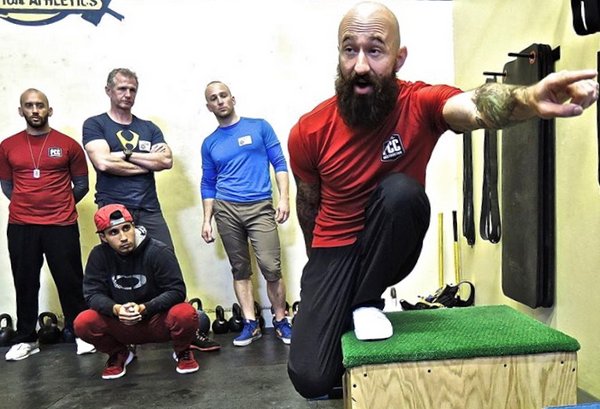
Bonus: The Ballet Squat Routine.
Perhaps at first glance it may not seem so, but ballet dancers have a highly developed lower body since it is essential to perform the pirouettes of their choreographies. We know of cases such as the action hero and martial artist Jean Claude Van Damme who attended ballet classes to gain mobility and strength in his lower body. He went so far as to say that “if you are capable of surviving a ballet training you can endure the training of any sport”.

That is why we are going to propose a very simple training but that ensures stiffness in our entire lower body since it is very demanding and we probably have not trained that way in our lives. Jon Yuen proposes it and as we said it is a challenge for our legs.
The routine is very simple and simply consists of doing squats in the 5 ballet positions, known as “pli”.

- Squat in 1st position:
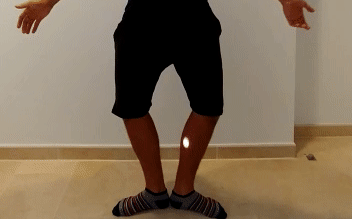
- Squat in 2nd position:
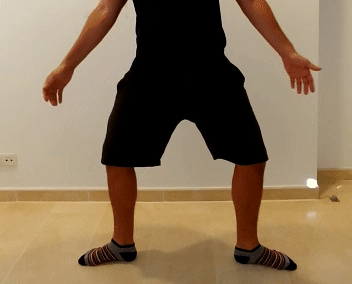
- Squat in 3rd position:
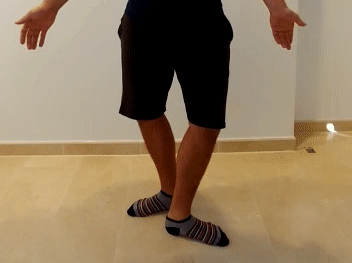
- Squat in 4th position:
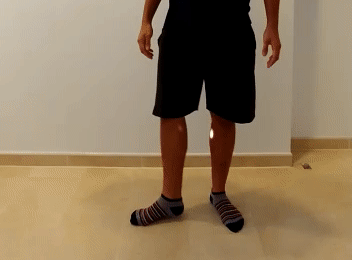
- Squat in 5th position:
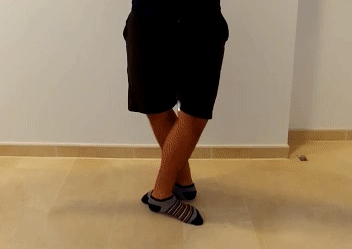
I have recorded these videos myself and the technique can be improved, I am working on it! The main advice when doing these squats is to keep your trunk straight and your knees out. I know it’s a bit counterintuitive, but these squats work like that and they’re great for our mobility. The way I execute this routine when I don’t have time or material to train legs with loads is a simple 5×5, that is, five sets of five squats.
We hope that with this article we have dispelled the myth that calisthenics does not train legs and everyone who reads can get ideas for original and challenging calisthenics leg workouts beyond endless sets of bodyweight squats and lunges.
Thank you very much for reading and see you at Fitenium!


